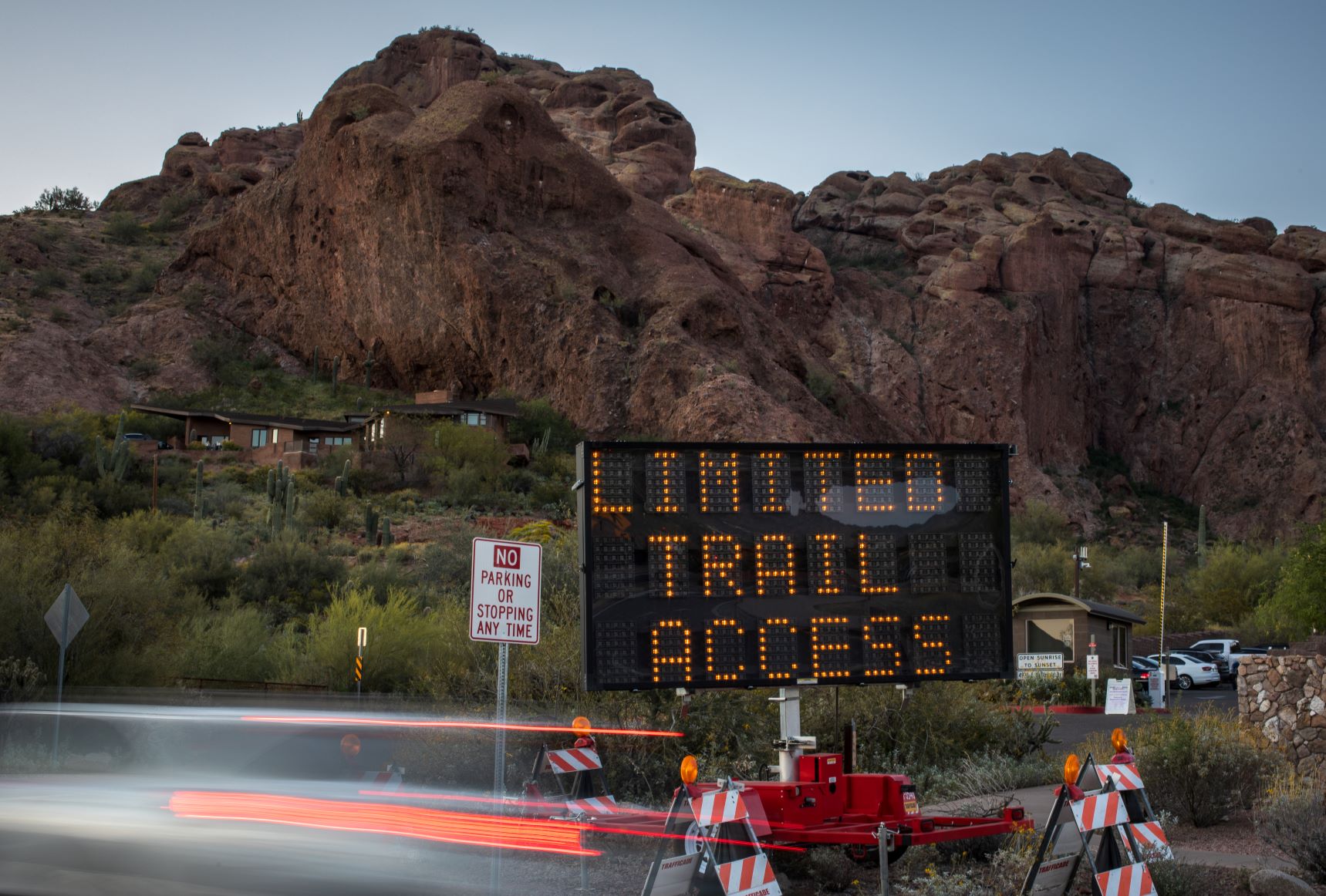Even under a pandemic cloud, silver linings can be found
ASU sustainability experts point to some positive consequences of COVID-19 physical distancing measures
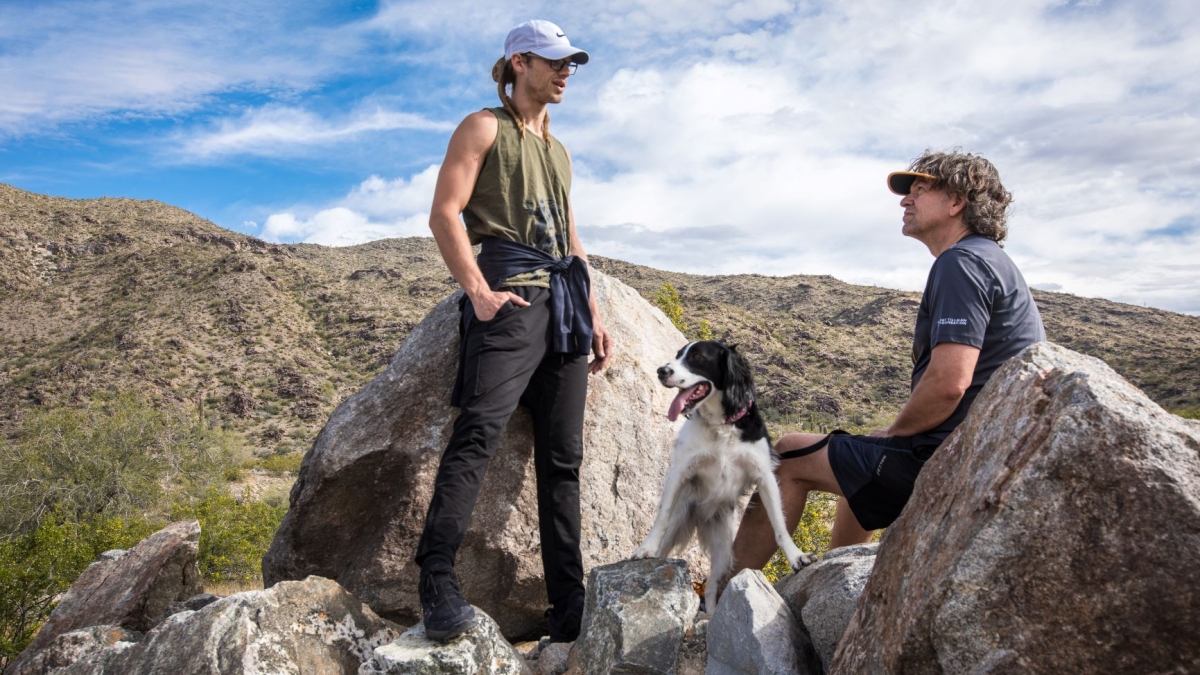
Ready for some good news for a change?
We thought so.
The global pandemic shutdown has produced some positive environmental effects. The Himalayas can be seen for the first time in 30 years because air pollution has cratered in India. The Venetian canals are sparkling because no boats are churning up silt.
Here in the Valley, people are getting to know their neighbors, enjoying the natural world, making furry new friends, gardening and finding out life can be lived differently.
ASU Now asked Mick Dalrymple, director of University Sustainability Practices at Arizona State University, and his colleague Alana Levine, who directs the university’s Zero Waste and Grounds Services, what silver linings they’ve noticed since the beginning of the pandemic.
Bluer skies
“The air is cleaner,” Dalrymple said.
Air travel is about half of the university’s greenhouse gas emissions. A lot of people who fly for one-off meetings or conferences are now doing them by videoconferencing.
“How can we do things better using technology and not travel so much?” Dalrymple said. “It’s not to say that in-person … is not important, but it’s at least allowed us to think about what needs to be done in person and what can be done using teleconferencing. … This (situation) is helping us figure out what jobs can be partially or mostly done through telecommuting. And, also, how do you do it successfully?"
Perhaps we don’t all need to be in the same square mile to get work done. And conference calls are going to be a thing of the past, he says. Zoom is less distracting.
“We’ve moved to Zoom. Now we’re actually seeing people’s faces,” he said. “It’s improved stuff that used to be done by strictly conference calling.”
A more neighborly Valley
The urban sprawl of Phoenix, like Los Angeles, creates a certain lack of social cohesion. Everyone drives everywhere to shop, eat, exercise and play. Now neighborhoods look more like they did 30 years ago, with kids playing ball in the streets and whole families out on bicycles.
Dalrymple has met neighbors he didn’t know before the pandemic. He has done a neighborhood happy hour — at a distance, of course. Working at home and exercising in our neighborhoods has helped build community relations at the neighborhood level, he says.
“From a sustainability and resilience standpoint, this is one thing that several different studies have talked about,” Dalrymple said. “I see neighbors and families and dogs out walking all the time. I ran into a neighbor the other day who has lived in the neighborhood for 32 years. They said they just met someone who has lived here for 27 years. … They just met because of this virus. I think for the Valley specifically it’s helping us get out of our cars and helping us be less zooming from here to there. It’s actually helping people to be more connected at a neighborhood level. I think that’s a great thing.”
People getting outside
“They’re not going to bars and they’re not going to shopping malls and stuff like that,” Dalrymple said. “They’re finding some way to get exercise and they’re not going to the gym.”
He has seen lines to get up Camelback Mountain, though that itself is not a good thing.
On April 12, 2020, a Phoenix Parks and Recreation Department sign informs visitors that they are limiting the number of hikers scaling Camelback Mountain through the Echo Canyon trail due to the global viral pandemic. Once hikers are allowed into the parking area, then onto the trail, they find a rare bit of solitude and clear views of the Valley below. Photo by Charlie Leight/ASU Now
“It was really kind of upsetting seeing these long lines of people passing each other, some going up, some going down, and I was thinking about all the virus being spread amongst them,” he said.
Trails are open, but there are traffic and parking controls in place, and some popular places, like Dobbins Lookout on South Mountain, are closed to prevent overcrowding. Officials want you hiking, not crowding.
“I think people getting that reconnection with nature is pretty good,” Dalrymple said. In a way, the current situation is taking people out of their comfort zones, which can provide a different perspective on life.
“Something that’s going to come out of this is hopefully some new priorities and a lot of innovative changes,” he said, pointing out that Airbnb was created during a crisis when two guys in San Francisco couldn’t pay their rent.
“This is an opportunity to create a new trajectory toward a green economy,” Dalrymple said.
Opportunity amidst crisis
Levine sees quite a bit of opportunity in business models right now.
“We’re seeing that businesses are capable of making sweeping change in a really short amount of time,” she said. “It’s possible to make those sweeping changes when you adapt to priorities. We’ve always struggled with businesses and their business models not wanting to adapt to sustainability.”
She sees the current situation as a testbed for showing what can be done.
“When businesses want to innovate and adapt to a priority — sustainability emerging as a major one — then there’s going to be some really great innovation around material science and some of the business models,” Levine said.
She pointed at restaurants. Grubhub and Uber Eats and the other delivery services had changed business models slightly, but now — "That’s how we’re all eating right now!” she said. “Right now the delivery game is pretty strong. How do we let sustainability into those situations for the long run?”
More furry friends
As people have started hunkering down at home, they’ve adopted pets.
“One shelter at least is completely empty of dogs,” Dalrymple said. “They’ve all been adopted out.”
Levine has seen furry new friends all over social media.
“I can’t stop looking it up,” she said. “‘I found my best friend!’ ‘I found my co-worker!’ — Things like that. It’s awesome.”
The county animal shelter has put 200 dogs in foster homes. In New York and Los Angeles, the American Society for the Prevention of Cruelty to Animals says applications to foster dogs and cats is up 200%. Fostering and adoptions are up 700% over last year, according to software used by 1,200 animal shelters nationwide.
Greener thumbs
People are taking up or relearning gardening and how to grow food, Dalrymple said.
Some neighborhoods have never looked as good as they do now.
“That’s pretty cool,” he said. “Some of the gardening shops are doing online ordering where you pick it up like takeout. I don’t know if it’s still occurring, but they were doing online takeout specials and stuff. I’ve talked to several people who have started gardening and planting food.”
What will stick?
“I think people are valuing the things that they have,” Levine said. “I think those kinds of very deep values are not going to go away as quickly as some of the convenience things. I think people are getting more connected with how their dollar spends locally.”
Spending local and supporting local businesses, reusing things at home and cooking at home will all have legs, Levine predicts.
“The amount of consumption that we have normally and how much some of the stuff we were used to throwing away, like how much food we waste,” she said. “Now that’s really right in front of our faces.”
We’re used to having new stuff and buying things constantly. Now people are seeing the worth of what they have, she said.
“How lucky we are to have the food that’s in front of us, to have a TV in front of us for those that are spending a lot of time at home,” she said. “I think we’re learning how to be adaptable.”
Top photo: Logan Collett and his father, Dave, along with their dog Gracie take a break to enjoy the clean air during their South Mountain hike on April 11, 2020. Some of the positive aspects of sheltering at home is spending more time with family members, paying more attention to pets and enjoying cleaner air. Photo by Charlie Leight/ASU Now
More Health and medicine
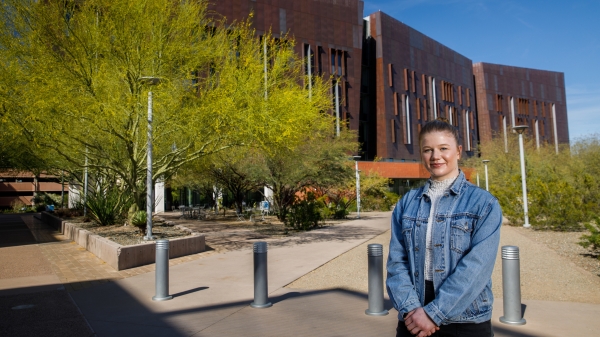
First exchange student for Biodesign Institute Europe bridges labs 5,000 miles apart
This spring semester, Grace Colley traveled to Arizona State University and became the first student to participate in the Biodesign Institute Europe student exchange program. In doing so, she helped…
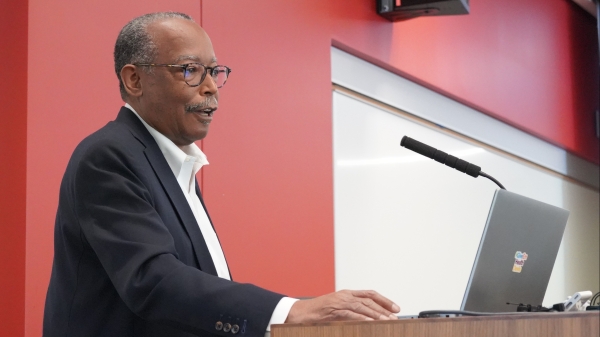
College of Health Solutions hosts visit from leading expert in genomic research
Some fortunate Arizona State University faculty, staff and students were able to gain valuable insights and perspective during a visit by one of the country’s leading figures in health and scientific…
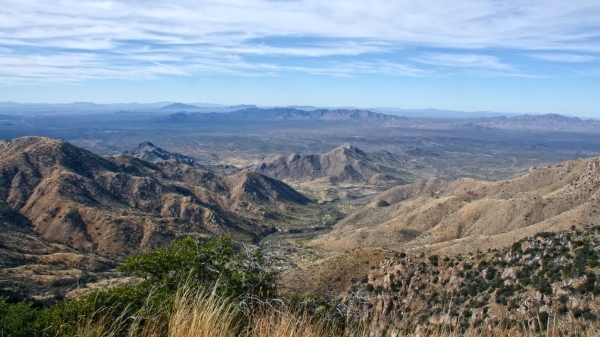
Indigenous ASU research team recommends assistance for tribal members still reeling from COVID-19’s effects
When Matt Ignacio’s tribe, the Tohono O’odham Nation, donated $1 million to Arizona State University to support COVID-19 research, he applied for some of the money to understand and report any…
